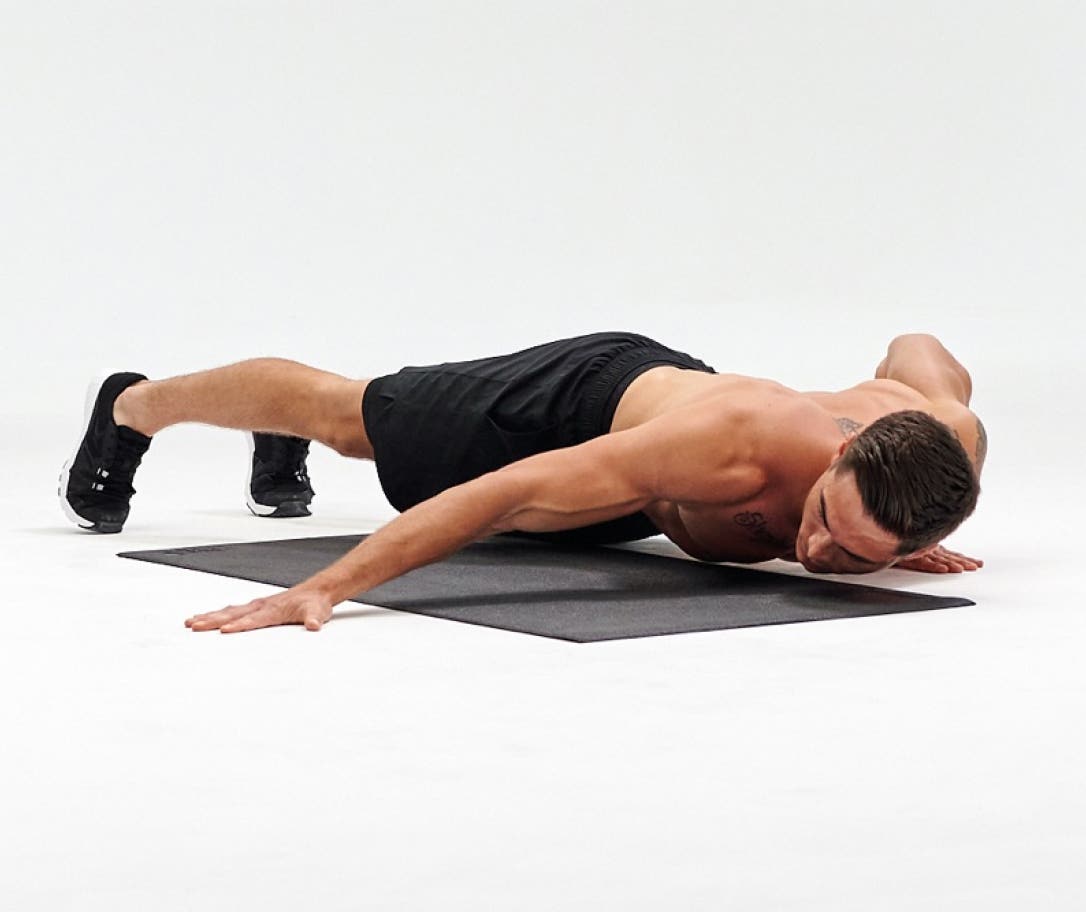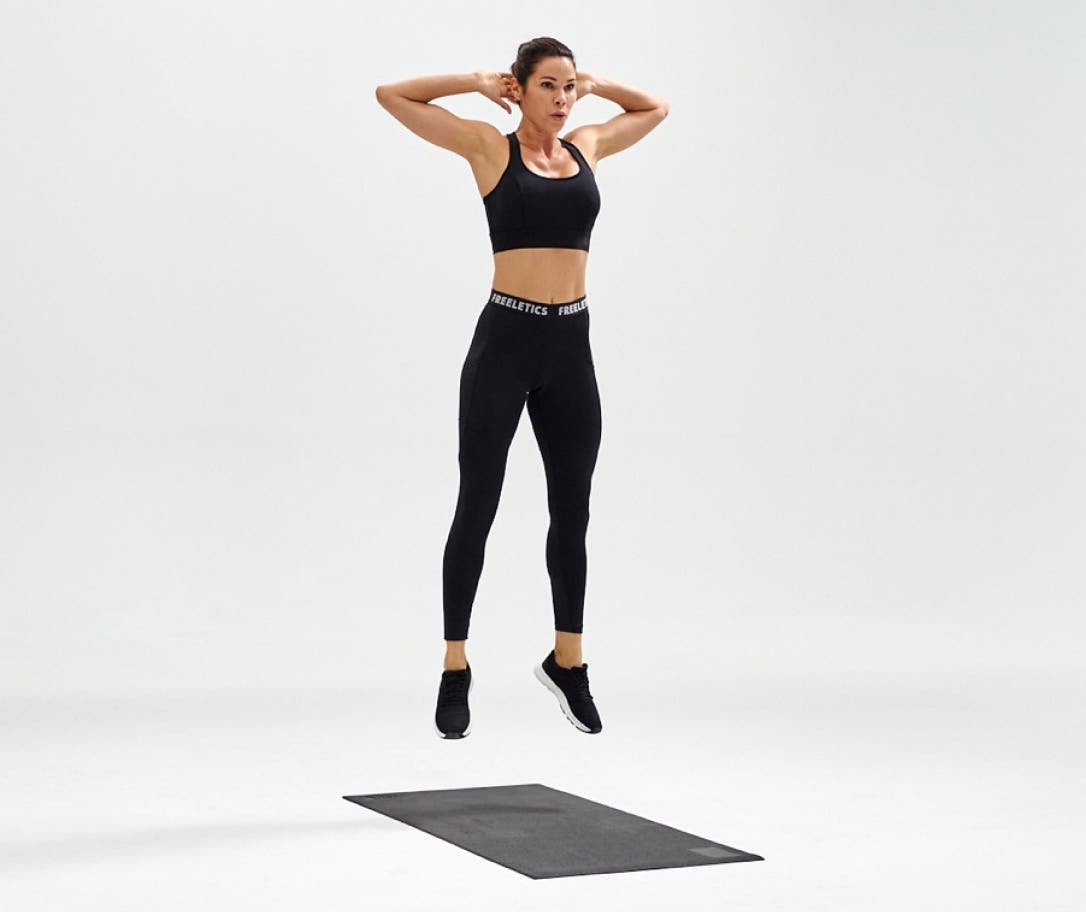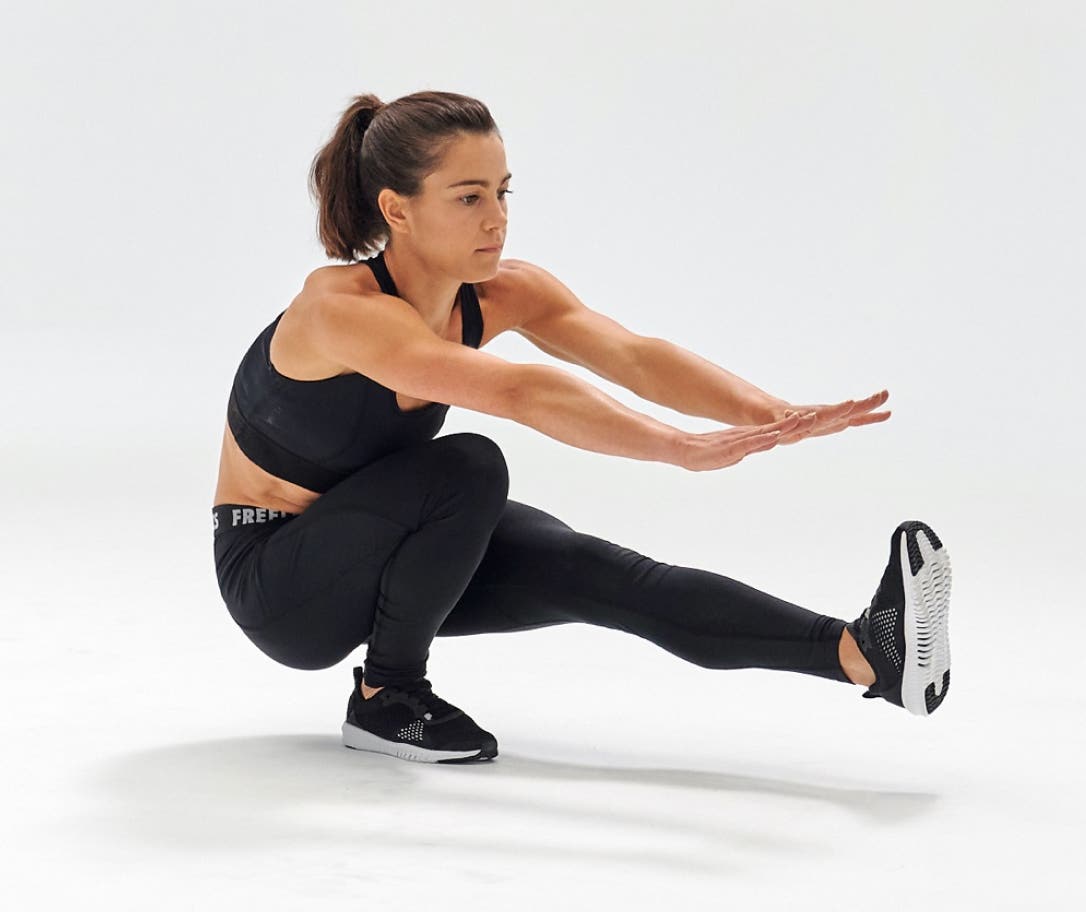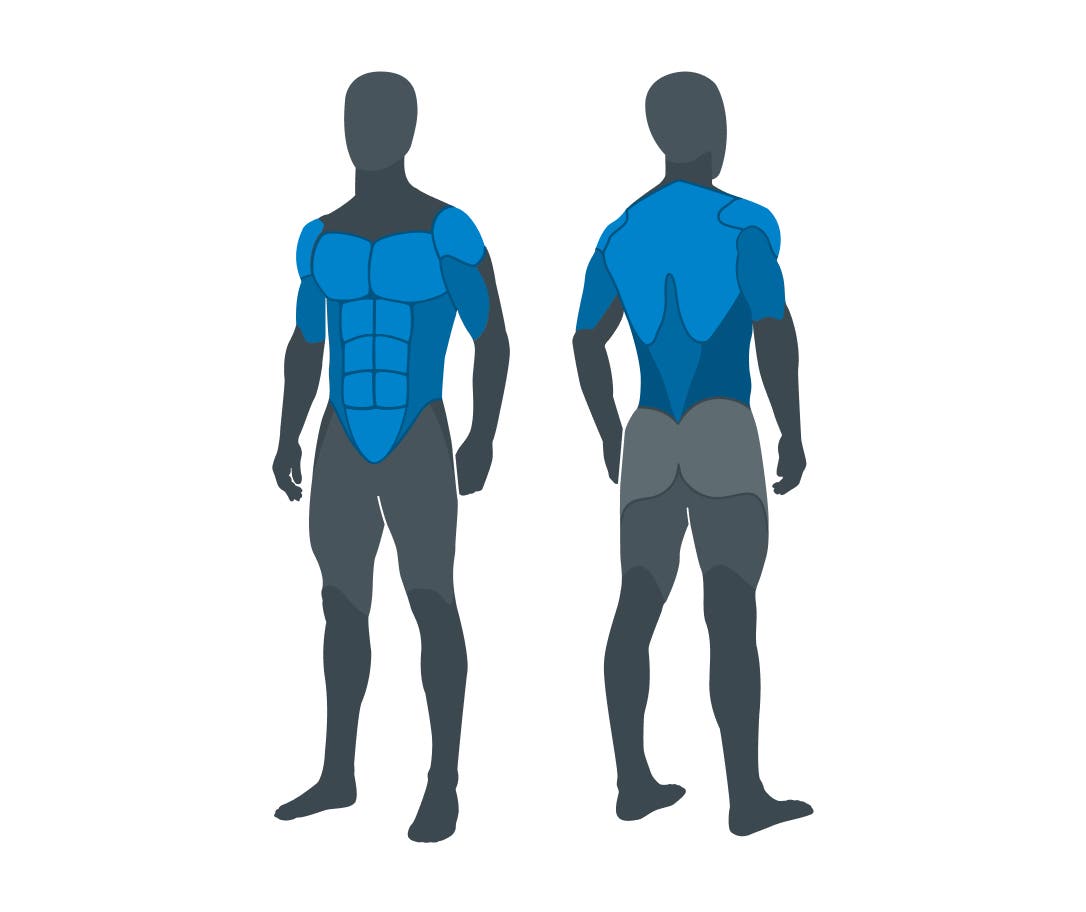You can do bodyweight exercises at home, in a park, or while traveling. They are easy to access, flexible, and a cheap way to stay fit. Yet despite its simplicity, bodyweight training often faces several misconceptions.
These myths can deter people from fully embracing bodyweight exercises, assuming they're less effective than traditional weightlifting or cardio. Let’s talk about them.
Myth #1: bodyweight exercises don’t build muscle
One of the most common myths about bodyweight training is that it’s not effective for building muscle. This likely stems from the idea that bodyweight exercises are less intense or require less resistance than weightlifting. However, this myth ignores the fundamental principle of muscle growth: progressive overload.
Progressive overload refers to the gradual increase in resistance or intensity to stimulate muscle growth. With bodyweight exercises, you can create a progressive overload by adjusting the difficulty of the exercise.1
For example:
- Advanced Pushups: Moving from a standard Pushup to Decline Pushups or Archer Pushups increases the resistance and intensity.
- Single-leg exercises: Exercises like Bulgarian Split Squats or Pistol Squats increase the effort on each leg individually, promoting strength and hypertrophy.
- Increasing time under tension: Slowing down the tempo of a movement or performing eccentric (lowering) portions of an exercise slowly can also increase muscle activation and promote growth.
Bodyweight workouts can be just as effective for building muscle as traditional weightlifting, provided the exercises are performed with sufficient intensity and variety. By progressively making exercises harder, your body will continue to adapt and build muscle over time.
The only real difference is that progressing a bodyweight exercise takes a bit more creativity and understanding of biomechanics compared to simply adding weight to the bar. But don’t worry, we’ll explain how to do just that in the next section.

Myth #2: you can’t adjust your resistance
Another common misconception is that bodyweight exercises don't allow you to adjust the resistance level to match your strength and goals.
While it’s true that you can’t increase weight like you would with dumbbells or barbells, bodyweight exercises offer several ways to adjust resistance through technique, positioning, and modifying the exercise itself.
Here are several strategies to increase the resistance of bodyweight exercises:
- Changing leverage: Altering the body position can dramatically increase the difficulty. In a Pushup, for example, elevating your feet to a higher surface (like a bench) increases the resistance for your upper body. In Squats, you can add a jump (Squat Jumps) to add a plyometric component, making it more challenging.
- Adding isometric holds: Holding a position for time, like a Plank or pausing at the bottom of a Squat, increases time under tension and recruits more muscle fibers.
- Increasing repetitions or sets: As you become more experienced, simply doing more repetitions or sets can increase the total work done and stimulate growth.
- Supersets or circuits: Combining multiple exercises into a superset or circuit workout can keep the intensity high and challenge the muscles with minimal rest.
While adjusting resistance with bodyweight training may require more creativity compared to traditional weightlifting, you can easily make exercises progressively more challenging to match your fitness level.

Myth #3: you can’t burn as many calories as cardio training
Bodyweight training is often dismissed as a less effective means of burning calories, especially when compared to traditional cardio workouts like running, cycling, or swimming. The idea is that weight-bearing bodyweight movements are not intense enough to generate a high caloric burn.
However, bodyweight exercises can be a highly effective calorie-burner, especially when structured in a way that incorporates high-intensity interval training (HIIT). HIIT combines short bursts of intense exercise with brief periods of rest, which has been shown to significantly increase caloric burn during and after exercise, also known as the afterburn effect or excess post-exercise oxygen consumption (EPOC).
Examples of bodyweight exercises that can maximize calorie burn include:
- Burpees: A classic Freeletics exercise, Burpees combine a Squat, Pushup, and Jump, elevating your heart rate while engaging multiple muscle groups, making them an excellent calorie-torching workout.
- Climbers: These target the core, shoulders, and legs while engaging in dynamic movement that increases heart rate.
- Jump Squats and Plyometrics: Jumping exercises increase the intensity of bodyweight training and can help you burn more calories than standard bodyweight movements.
Mixing in compound movements that work multiple muscle groups (like Pushups, Squats, or Lunges) into a circuit-style workout can increase the intensity and elevate your metabolism, burning more calories than traditional steady-state cardio.

Myth #4: it’s only for beginners
The idea that bodyweight training is too easy or not challenging enough for experienced athletes overlooks the adaptability and advanced variations of bodyweight movements. Bodyweight exercises can be scaled to meet the needs of any fitness level.
Many professional athletes, military personnel, and fitness experts incorporate bodyweight exercises into their routines because they provide an effective and efficient way to develop strength, flexibility, and endurance. Elite athletes often use bodyweight exercises to enhance their functional fitness, mobility, and core strength.
For example:
- Advanced Pushups: As mentioned earlier, variations like One-Handed Pushups, Clapping Pushups, or Archer Pushups can challenge even the most seasoned trainees.
- Pistol Squats: This single-leg squat variation demands not only strength but also balance, stability, and flexibility making it a difficult exercise for even advanced athletes.
- Muscleups: A combination of a Pullup and Dip, Muscleups require upper body strength, coordination, and explosive power, making them a challenging bodyweight exercise no matter your level.
The adaptability of bodyweight training means that no matter your level of experience, there’s always a variation of an exercise that will challenge you and promote progress.

Myth #5: you can’t target specific muscle groups
Another myth is that bodyweight exercises are too general and cannot effectively target specific muscle groups. While it's true that certain machine-based exercises (like leg presses or Bicep Curls) target individual muscles more directly, bodyweight exercises can still be highly effective for isolating and targeting specific areas.2
For example:
- Core: Planks, Leg Raises, Hollow Body Holds, and Mountain Climbers are all bodyweight exercises that effectively target the abdominal muscles and obliques.
- Chest: Pushups (standard, wide, diamond) are excellent for building chest strength and can be modified to emphasize different areas of the chest.
- Legs: Bodyweight Squats, Lunges, Bulgarian Split Squats, and Step Ups target various muscles of the legs, including quads, hamstrings, glutes, and calves.
- Back: Pullups, Chin-Ups, and Incline Rows all target the upper back and arms, using bodyweight resistance.
Even when it comes to targeting smaller muscle groups, bodyweight exercises can be adapted to isolate muscles. Modifying the hand placement in Pushups can place more emphasis on the triceps or shoulders. By adjusting the angle, leverage, or adding isometric holds, you can target almost any muscle in the body.
Let’s recap
Bodyweight workouts are a versatile and effective form of exercise that can help individuals of all fitness levels build strength, improve endurance, burn calories, and develop mobility. It’s no wonder that Calisthenics has gained a lot of hype in recent years, even among those regularly training in a classic gym.
Exercising using only your body is an excellent choice for those looking to improve their fitness without the need for equipment or a gym membership. By understanding its true potential and debunking the common myths, anyone can take full advantage of the benefits that bodyweight exercises have to offer.
Sources
[1] Gentil, P., Soares, S. D., & Paoli, A. (2017). Effects of bodyweight training on strength, endurance, and hypertrophy: A systematic review and meta-analysis. Journal of Strength and Conditioning Research, 31(10), 2901-2908.
[2] Zouhal, H., Mallet, C., & Hue, O. (2018). The effects of bodyweight training on muscular strength and endurance: A meta-analysis. Sports Medicine, 48(6), 1459-1471.